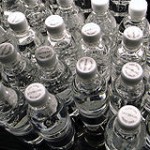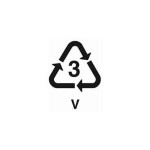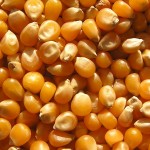by Catherine Haug, February 9, 2013
Ever since I learned how to make plastic in college organic chemistry class; ever since Dustin Hoffman’s Benjamin was advised , “One word:…Plastics” in The Graduate, I’ve been cautious about my use of, and exposure to plastic. It hasn’t been easy. Plastics are everywhere, and very beguiling.
They are in our carpets and rugs; our toothbrushes; shopping bags; food storage containers and wrap; food; blankets, sheets, and towels; purses, wallets, backpacks, lunch boxes; grocery bags; milk jugs, pop bottles, liquor bottles; dishes and drinking glasses; eyewear; wigs; yard tools, lawn mowers, leaf blowers; automobiles; shoes and boots; clothing and decorator fabric; furniture; building materials; water and sewer pipes; appliances; wall paint; picnic supplies; children’s toys; bicycles; sewing machines and supplies; thread, yarn, string, rope; electrical wiring; playground equipment; landscaping materials. I could go on and on, but you get the idea.
It seems we cannot do without them. But……life as we know it cannot last much longer, with them. They pollute our oceans; kill our seafood and disrupt the sea food chain. They pollute our groundwater and the soil that grows our foods. They disrupt our hormones – especially in the womb – so that many children will grow up to be sterile. They affect gene expression.
Plastics require a lot of energy – fossil fuel energy – to be made from precious petroleum or foods like corn and soy. There is only so much fossil fuels on the planet, and plastics are chewing up more than half of our annual fuel consumption, when you consider the raw materials and fuels to make them, fuels to transport them, fuels to haul them to the dump and bury them there.
Addicted to Plastic (Documentary)
View the free 90-minute film on YouTube: Addicted To Plastic- Documentary.
Then read on for some suggestions to minimize our use of plastics. And send me your reuse/repurpose plastic ideas for publication on this website. (more…)




